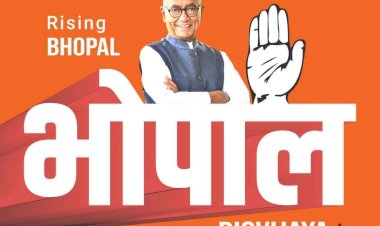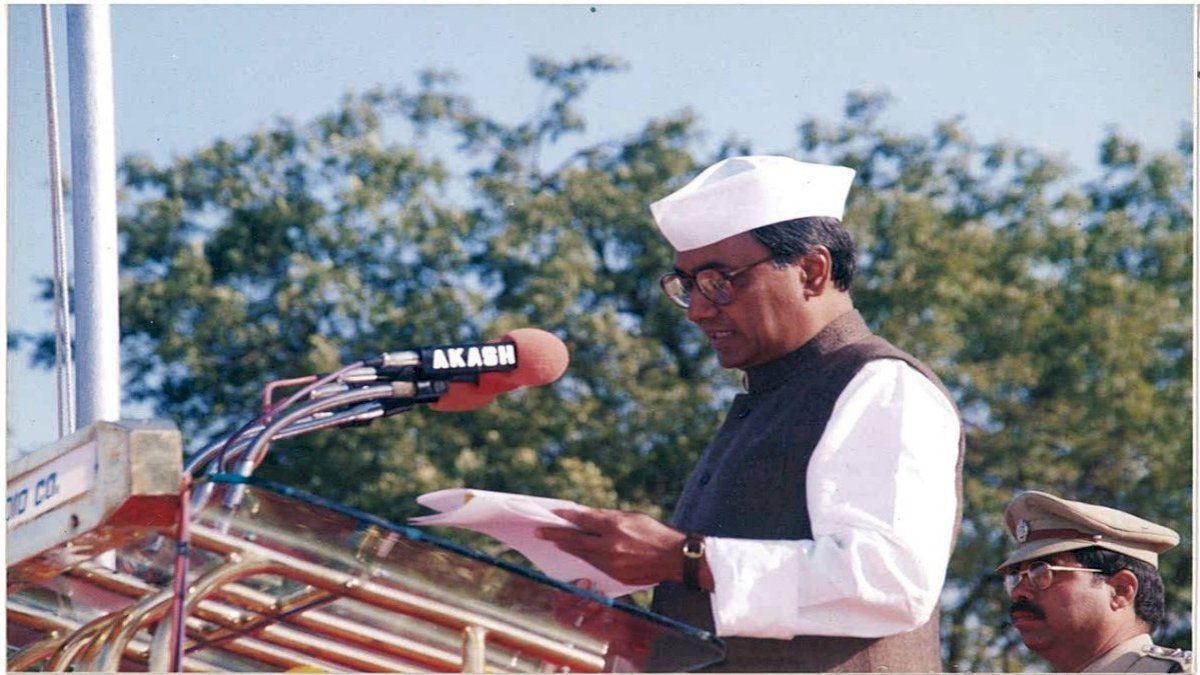
Initiatives - A new progressive Bhopal

From 1993 to 2003, Digvijaya Singh served as the chief minister of Madhya Pradesh. During his tenure, Madhya Pradesh broke away from the ranks of under-developed states, and joined the league of developing states with major achievements in the education, health and employment sectors. A lot of good governance practices were introduced that earned the state national and international recognition. Here are some of the land mark initiatives:-